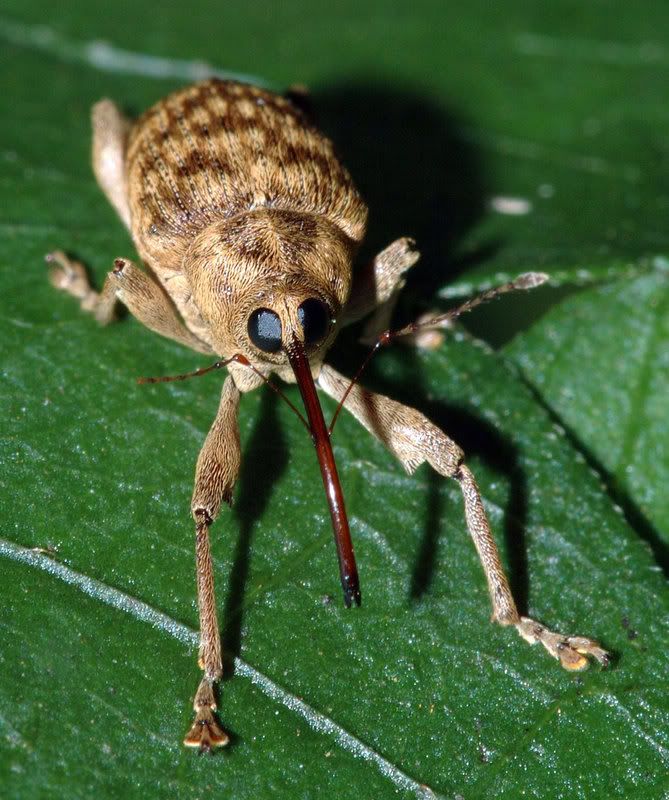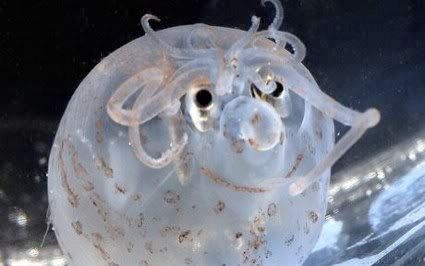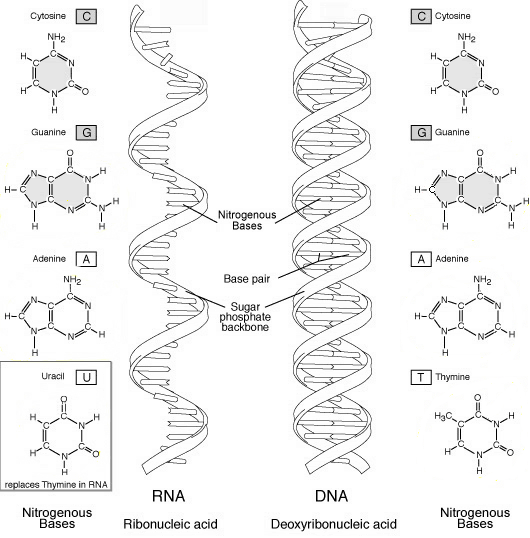There's a group of parasitiod Hymenopteras called The Jewel Wasps, Nansonia. They like to lay there eggs in or on other insects, where the larvae will exploit their host's nutrients, which in the end leads to the host's death. I've written about similar systems before.
What I haven't written about (because I didn't know it until now) is the very facinating background of how three species, N, vitripennis, N. giraulti and N. longicornis, are reproductively isolated in nature (they can't produce any offspring, basically). Usually, reproductive isolation is a result of the genetic conflicts of the gametes (egg and spermcells), making embryonic development impossible or severely harder. Or, as in moths, reproductive isolation is the result of the species using different chemicals (pheromones!) to find eachother for mating. There are many more quite easy-to-comprehend examples of the beckground to reproductive isolation. But now I've found this information about the three Nansonia species.
Some more background is needed though, before I get to the basis of what I'd like to say: in some insects, a certain type of bacteria has somewhere along the evolutionary line managed to infect and stay put in the insects cells. The bacterium, known as Wolbachia, has then gradually evolved in sync with the insect so that it becomes kind of symbiont (endosymbiosis - a phenomenon that has led to the mitochondria found in plant, fungi and animal cells, as well as the chloroplasts in plant cells). The different insect species therefore have different variations of Wolbachia. Well, it turns out that in the three Nansonia species, it's their species specific Wolbachia that causes reproductive isolation. Because if the Wolbachia is removed (using antibiotics) the species are suddenly able to breed and produce fertile offspring. I don't know about you but for me this is SO cool. Yes, I'm odd.
Source:
Genome Mapping and Genomics in Animals, Volume 1
Wayne Hunter, Chittaranjan Kole (Editors)
Genome Mapping and Genomics in Arthropods
C H A P T E R 3
The Jewel Wasp – Nasonia
Jürgen Gadau, Oliver Niehuis, Aitana Peire, John H. Werren, Emmanuelle Baudry, and Leo W. Beukeboom
Aging Might Not Be Inevitable
1 år sedan







